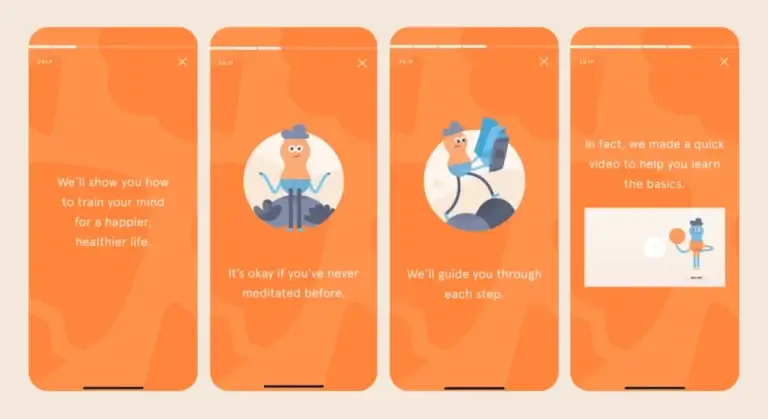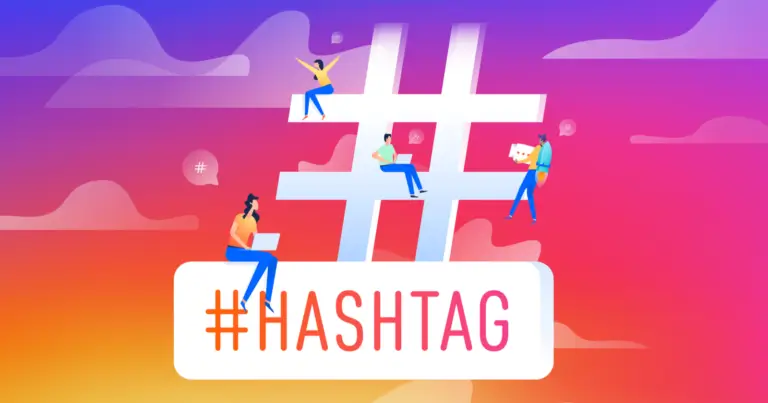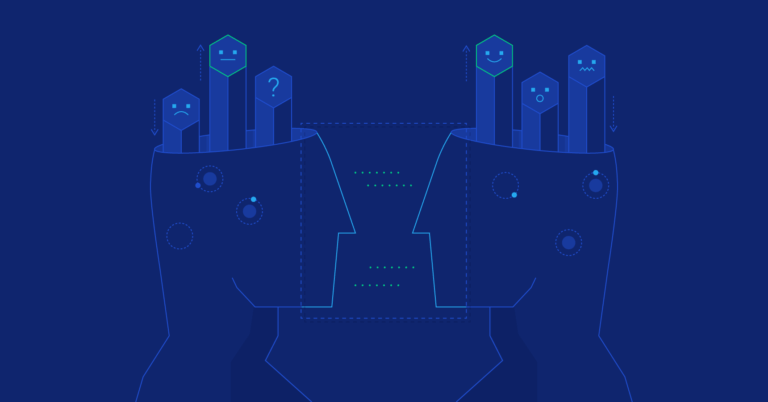Emotional design is all about making things that not only work well but also make people feel good. It’s about understanding that people often decide what they like based on how something makes them feel, not just how it logically works.
This idea became famous thanks to Don Norman, a designer who knows a lot about making things user-friendly. He wrote a book called “Emotional Design: Why We Love (or Hate) Everyday Things.” In this book, he explained how designing things that connect with people’s emotions can make them really happy with a product or service. It can even make a product or service more successful.
UX & Emotions
Don Norman introduced three levels of emotional design to show how emotions can be a part of designing products and services. These levels help us understand the various ways emotions can be incorporated into design.
Visceral Design
The visceral level of emotional design is about the quick and natural emotions that users feel when they first see and experience a product. This includes how it looks, the colors, shapes, and textures – all of which shape the user’s initial emotional reaction and impression.
Behavioral Design
The behavioral level of emotional design focuses on the emotions users experience while they interact with a product or service. This includes the small interactions, feedback, and design features that affect how users feel while they’re using it.
Reflective Design
The reflective level of emotional design looks at how users feel about a product or service in the long run. It’s about their memories, thoughts, and feelings after they’ve used it. This level is influenced by things like the brand’s identity, the story behind the product, and whether the user feels a sense of accomplishment or success.
Strategising UX
Emotional design plays a crucial role in user experience (UX) by aiming to establish a strong emotional bond between users and a product or service. Achieving this connection involves using different elements like visual design, small interactive details, the way information is presented, understanding users through research, and the identity of the brand.
Visual design
To make emotional design more effective in UX, it’s essential to carefully consider visual design elements. This includes using color strategically, creating a clear order of importance, selecting appropriate fonts, using images that provoke feelings, and ensuring accessibility for all users.
For example, take a look at the Airbnb website. It features a modern and uncluttered visual design with a clear structure, bold colors that stand out, and beautiful images that inspire a sense of adventure. The text is easy to read and stays consistent, while the layout uses empty space for a harmonious and straightforward look. The search bar and buttons are easily found, making it a user-friendly experience. In the end, this design effectively conveys the brand’s values and purpose.
Micro-interactions
To make emotional design more impactful in UX, incorporating micro-interactions is a valuable strategy. Here are a few ways to do it:
- Natural Feel:
Ensure that micro-interactions feel instinctive and easy for users to understand and use. - Engaging Animations:
Adding animations can make the user experience more fun and captivating, eliciting positive emotions. - Informative Feedback:
Micro-interactions should provide meaningful feedback to users, helping them understand their actions.
A great example of emotional design using micro-interactions is Facebook’s “like” feature. When you click the like button, it responds with an animation and changes color. This visual feedback reinforces your action and gives you a sense of satisfaction. Additionally, seeing the number of likes can create a feeling of connection and validation from others, enhancing the emotional aspect of the design.
Tone of voice
The way we use words in copywriting and messaging can spark emotions in users. If a brand chooses to communicate in a friendly and conversational manner, it can build trust and a feeling of closeness with users. This use of tone of voice is a powerful tool.
Take, for instance, Headspace, the meditation app. It uses the language of mindfulness to encourage self-awareness and emotional control. For example, the app might suggest to the user that they notice their thoughts and feelings without making any judgments. This approach promotes mindfulness and emotional well-being.
In summary, Headspace’s choice of tone of voice is a great example of emotional design. It shapes a positive and supportive user experience that fosters emotional well-being

User research
User research is a valuable tool for understanding what users feel and how they behave, and this information can guide emotional design decisions. By talking to users, studying their actions, and analyzing data, designers can get deep insights into how users emotionally respond to a product.
For example, Google’s study on YouTube showed that videos that tap into emotions tend to keep users engaged and coming back. YouTube used this knowledge to add features like personalised recommendations and auto-play, making it easier for users to find and watch videos that match their emotional preferences. This study illustrates emotional design in action, highlighting the importance of emotional content and providing guidance on how to design features that evoke emotional responses from users.
Brand identity
To enhance emotional design in UX, it’s crucial to incorporate a brand identity. A robust brand identity can establish an emotional bond with users and set a product apart from its competitors. When shaping a brand’s visual design, designers should think about the brand’s personality and principles to craft a consistent and emotionally impactful look.
For instance, Instagram’s brand identity in its user interface (UI) is a great example of emotional design. It fosters feelings of community, creativity, and inspiration through its distinctive logo, user-friendly interface, and features that encourage connection and exploration. This showcases how a well-crafted brand identity can contribute to an emotionally engaging user experience.

Our Delivery Process
Identifying the emotional needs of our users
At Unthinkable, every design project starts with user research to get a deep understanding of our target audience’s emotional needs and motivations. This research involves talking to users through interviews, surveys, and testing to collect data on how they feel about our products or services.
For instance, when we’re designing a clothing shopping website, we aim to answer questions like:
- What emotions do users usually experience when shopping for clothes online? Are they excited, frustrated, or something else?
- What are the most significant pain points or frustrations users encounter when shopping for clothes on our website?
- What aspects of our product or service do they find the most enjoyable or engaging?
By digging into these questions, we can tailor our designs to better meet the emotional needs and desires of our users, ultimately creating a more satisfying and user-friendly experience.
Using storytelling to create an emotional connection
Unthinkable leverages storytelling as a powerful tool to establish an emotional connection throughout the UX process. We achieve this by sharing customer stories, brand narratives, and user experiences, often using visual storytelling techniques and incorporating elements of narrative design. This approach serves to foster empathy, build trust, increase engagement, and create a memorable user experience.
For instance, when designing an onboarding page for an application, we harness the power of storytelling to help users grasp the app’s purpose and value. By doing so, users not only gain a deeper understanding but also become more engaged and invested in the process. This, in turn, leads to a more positive user experience and encourages greater adoption of the app’s features.
Creating a sense of belonging
Humans have an innate desire to belong to a group or community. In our approach, we incorporate design elements such as social proof, user-generated content, and gamification to nurture this sense of belonging and build a community around your brand.
Personalising experiences
Personalisation is a potent method for forging an emotional bond with users. Our strategy relies on data and analytics to customize the user experience for each individual, delivering content and features that align with their specific needs and preferences. This personalised approach enhances the user’s connection with our product or service.
Using design to create positive emotions
Design elements like colors, typography, and imagery have the power to stir particular emotions in users. We harness these elements to craft a delightful emotional experience for users, aiming to foster brand loyalty and enhance user engagement.
For instance, in the design of a healthcare application, we opt for warm colors that evoke emotions like warmth, energy, and optimism. Additionally, we use bold and legible typography to convey a message of strength and resilience. These thoughtful design choices contribute to a positive emotional connection with users and help convey the desired message effectively.

Joyce Hostyn Said “Emotional design is the secret ingredient that separates good products from great ones.”
To sum it up, emotional design plays a pivotal role in UX, profoundly influencing a user’s experience and forging a robust connection between the user and the product. By integrating emotional design principles into UX, designers have the power to craft products that are not only engaging and memorable but also more likely to succeed and earn the affection of users.




